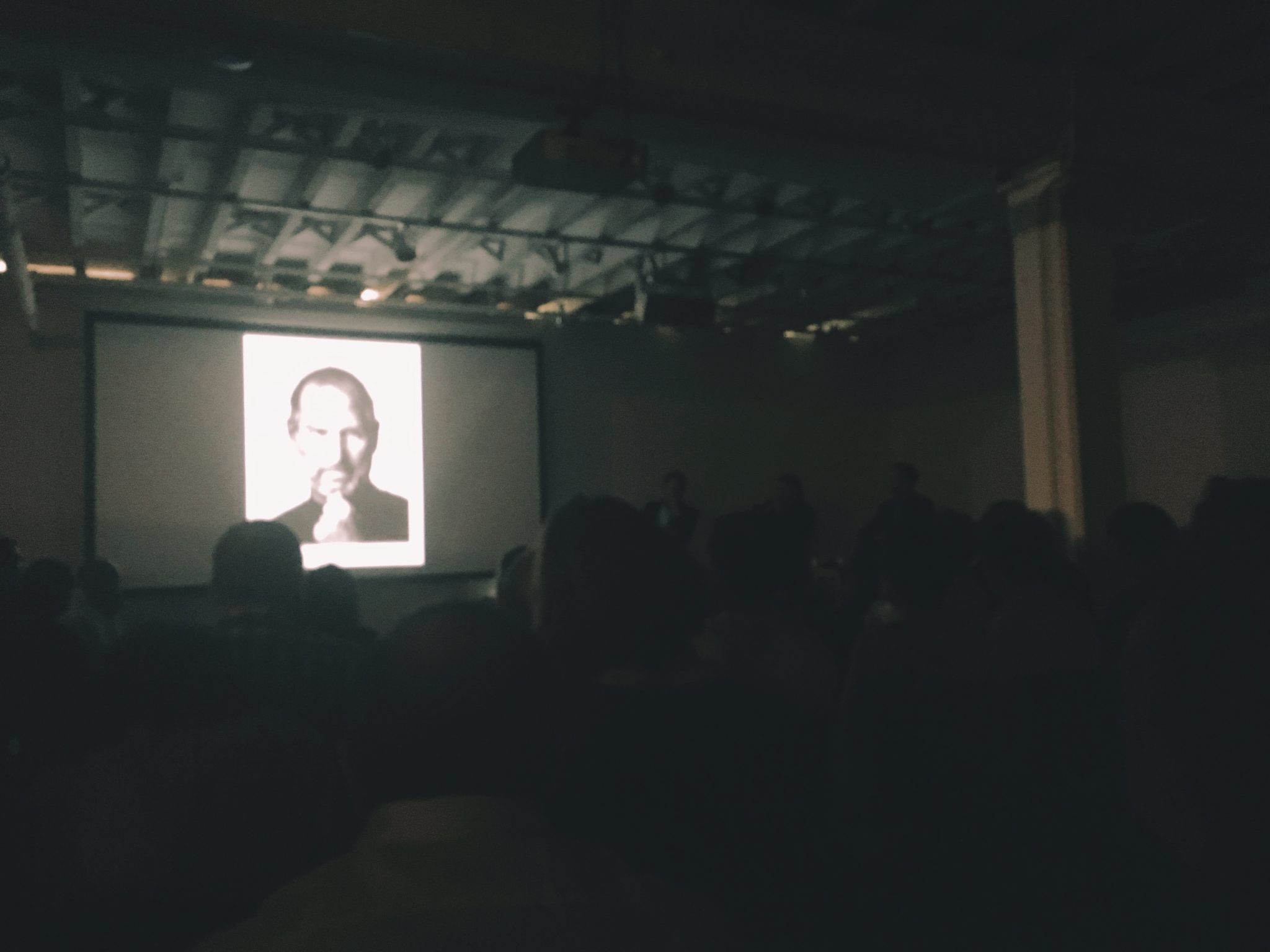Last Updated on 09/11/2017 by Chris Gampat
On Wednesday September 6th, Mark Seliger and Albert Watson were part of a short panel discussion talking about photography through their careers and how things have changed. The Panel was put on by Phase One in collaboration with the Aperture Foundation. But in addition to that, they also talked about how they’ve evolved as artists. Albert even told the story about how he captured one of his most famous images of Steve Jobs–which involved him thinking about telling an entire boardroom that they were wrong and he was right. Later on, Tim Cook would call Albert up to ask for that image with immediacy.
On the transition from film to digital Albert was really excited about it. “We had a huge advantage,” he stated. “I used to spend tens of thousands of hours and when you’re in the dark it’s a magical experience. But when I went to computers it was a huge advantage.” He continued to say that making tens of thousands of prints was a big advantage because it prepared him to make better use of the tools that were being provided. Specifically, he stated that in his studio, they’d spend an hour making sure the white points were perfect. Now it isn’t even a consideration but he still shoots digital the same way he shot film.
He still goes through that process. “When the Chrome came out that’s what went into the magazine,” Albert said in reference to doing fashion work back in the day. Today he shoots with Phase One digital cameras and backs since transitioning from large format film.
Photographer Mark Seliger more or less agreed with him but stated that on each shoot he still shoots some film. For Mark, he sees analog photography these days as a great process to pull from. And to that end, that’s why he shoots both film and digital on a set. “As long as you understand how film looks you can call that up (referring to the knowledge) for images to look a certain way,” Mark stated before further referencing that he’ll sample that in his digital process. He continued to state that going back to film is sometimes a luxury to be able to make prints and experiment too–again harkening back to that magical process both him and Albert speak of.
With analog photography though comes the idea of printing; and both photographers were asked about the process. For Albert, it’s a high end thought process. Albert explained that he spends a lot of time in museums and looking at prints on walls–alluding to the fact that you don’t see a whole lot of screens in museums.
This is different from Mark Seliger’s standpoint. “I didn’t even care about taking pictures when I started,” Mark said. “But I had to take a picture and then print it…I was more excited about going to the darkroom.” Mark continued to explain how he loved the methodical discovery that happened when he finally created a print. Part of this is due to how his teachers worked with him while he was studying.
“I’d print all night. I’d walk out with the sun coming up and I’d say, ‘Wow I got two final prints.’ I have never seen that same experience through a digital process yet.”


